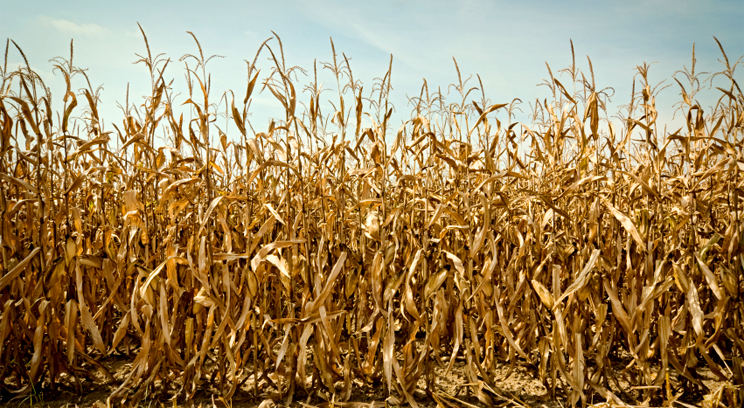
John Abraham
The latest batch of extreme weather (tornados in Illinois, Typhoon Haiyan in the Pacific Ocean, extreme flooding in Colorado as examples) has rekindled the discussion about climate change and the threats posed to our society. It has become clear that as the Earth warms, some types of extreme weather are becoming more likely and more severe. For instance, regional droughts, heat waves, hurricane intensity, extreme rainfall, and flooding, are partly a consequence of climate change. Aside from affecting people in other parts of the world or our country, the increase in extreme weather affects us here, at home, in Minnesota.
Take for instance the extreme drought and heat of 2012. That prolonged hot weather system cost both U.S. insurance companies and taxpayers dearly. With an estimated $350 billion in damages, we all ended up paying more at the grocery store and the gas pump. Don’t forget that this drought was on the heels of the 2011 heat wave which struck Oklahoma and Texas, resulting in $5 billion in damages to Texas and 600,000 cattle deaths. These are real costs.
Fortunately, when one part of the globe undergoes extreme weather, other parts are usually spared. For instance this past year, the United States has had mild weather while China and Europe soaked under scorching temperatures. In the meantime, record floods in Europe cost approximately $20 billion. Despite the woes elsewhere, agriculture in the United States was strong in many regions. Also, much of the European harvests luckily survived the weather swings.
But this outcome shows our susceptibility to climate extremes. What would have happened if Europe hadn’t been so lucky? And even scarier, what if both the United States and Europe were hit by extreme weather in the same year? What other regions could offset lost agricultural production?
That is a real fear among our colleagues in the food-production business. How would world food markets survive a double or triple threat of climate change which is becoming more and more likely with each passing year?
But it isn’t all doom and gloom. There are things we can do to make our food supplies more resilient. First, diversifying the food types and geographical regions where our food originates. That can mean anything from growing your own food in your yard or neighborhood garden to purchasing foods that reflect a broad range of plant types.
We also can do something about climate change. By making collective and individual decisions to use energy more wisely, we can save money, improve national security and help the environment – all at the same time. Doubling the efficiency of your car saves the average family $1,000 per year. Improving the insulation in your house also makes a tremendous impact in your heating and cooling bills as well as with your comfort. Finally, many people in Minnesota can select nonfossil-fuel electricity from their utility. My house runs entirely on wind power for an added cost of a few dollars per month. These are individual actions that make real impacts.
In order to solve this climate and energy problem, we need to change the way we think about energy and the environment. The best way to change is for us to have role models showing others that you can be a wise energy consumer yet not sacrifice a high-quality of life. In fact, using energy more wisely will improve your life.
The other important ingredient is that our friends, family members, colleagues and neighbors need to know that this issue is important to us. They need to know that wasting energy affects ourselves and following generations. Wasting energy (and money) is not a conservative or liberal value – using energy more wisely is something we can all agree upon. Perhaps that’s where we should start.







